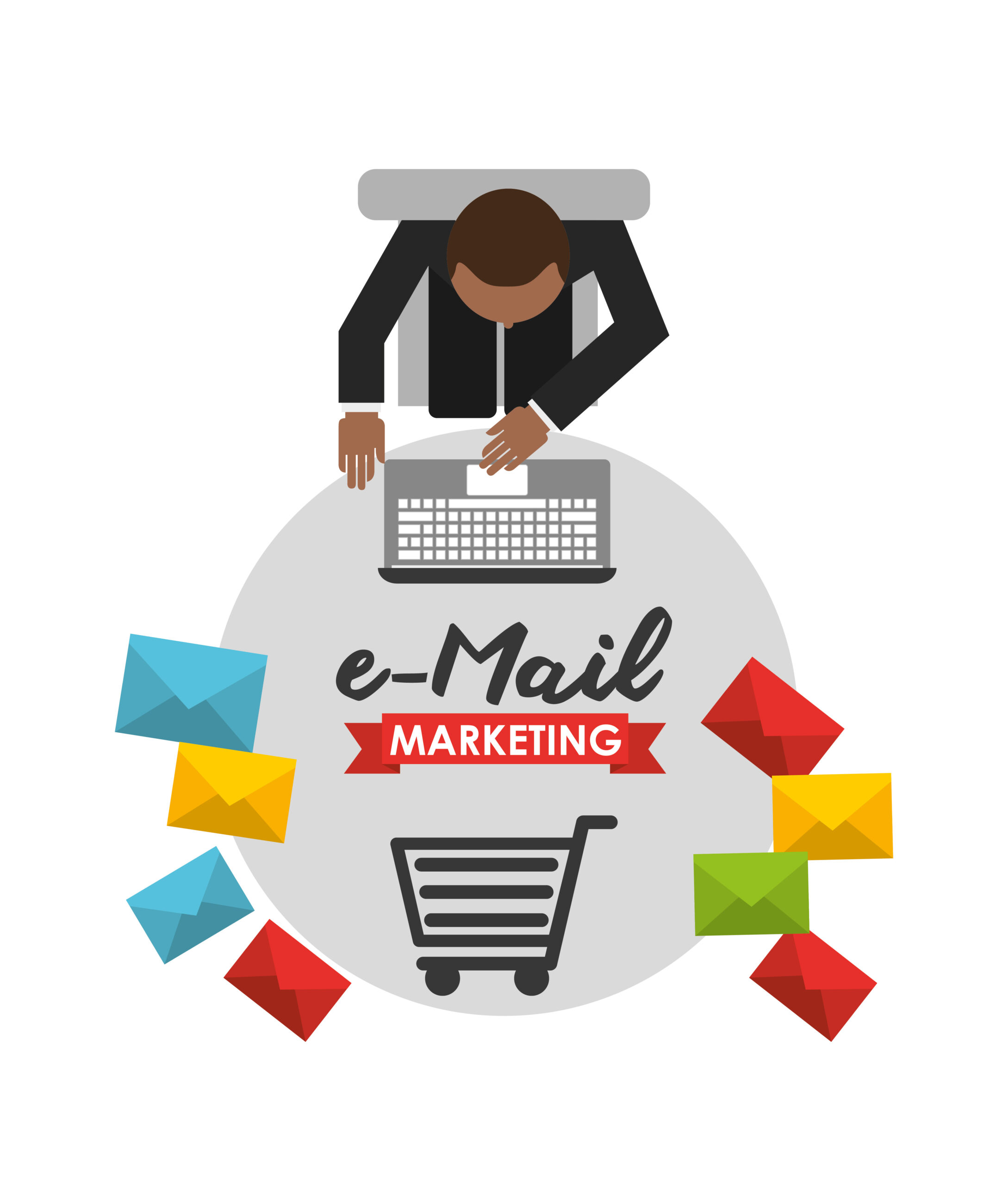SMS vs Email Marketing and How long has your business invested in digital marketing? You need to know what to expect from each campaign you send out if you have been marketing your business online for a significant period of time.
SMS and email are two of the most important channels for digital marketing. There is a greater focus on mobile marketing in the former. Furthermore, it can be aimed at PCs as well as mobile devices.
The purpose of this article is to explore the areas where SMS marketing (text marketing) excels over email marketing and vice versa.
What is SMS marketing?
Text messages are used to deliver marketing materials to new and old customers. The recipient receives these messages directly in their SMS inbox.
There are two main types of marketing messages sent via SMS:
- These are focused solely on promoting and advertising a product or service and increasing brand awareness through promotional text messages.
- Messages that are transactional in nature aim to improve the overall customer experience and boost customer satisfaction.
Email marketing – what is it?
Through email marketing, you can run direct digital marketing campaigns via electronic mail (email). Despite the similar purpose – to sell and promote a business’s products and services – the channels and their advantages and disadvantages vary.
SMS vs Email Marketing
SMS and email marketing differ fundamentally in how they deliver messages and updates.
A smartphone or feature phone with a cellular connection is required to send an SMS. It is possible for your customer to receive your text message as long as they are in an area where there is cell reception.
A customer may not always have access to WiFi or mobile data, which is required for sending an email. Another drawback of email marketing is that it cannot be accessed on feature phones.
2. Regulations that require opt-in
Customers must explicitly opt-in to SMS marketing campaigns. There are numerous laws in various parts of the world stating that you can face legal action if you text someone who has not given you permission to send them marketing materials.
The opt-in process for emails, however, is more flexible depending on the region. U.S. law allows cold emails, but other countries, such as the UK, require prior permission.
Customers are required to be given the option to opt out of SMS and email marketing under both regulations. Your messages should always include the option and instructions to unsubscribe. If you keep sending texts or emails to customers after they opt out, you could be penalized.
3. The visibility of
People’s email inboxes are usually overflowing with emails, from personal correspondence to work-related correspondence. This slew of threads can easily obscure your message. It is possible for your email to go unnoticed, ignored, or automatically forwarded to a separate folder where your recipient hoards all promotional emails without reading them.
SMS messages, on the other hand, go directly into your recipient’s text inbox, which makes them more likely to be seen. A phone’s inbuilt text messaging app usually provides this inbox, which most users use for all their texting needs. The top of your users’ SMS list will appear every time they receive a text message from you.
4. Adaptability
You have 160 characters to formulate your message in SMS messages. Your message could either be split into multiple pieces, causing you to incur additional fees, or it could be cut off past the allowed length, losing the part where your call to action is located.
As SMS is a text-only service, it is also limited. SMS doesn’t allow you to send media, such as images or videos. If you write thoughtfully in your SMS copy, you can make this a pro. Long passages and irrelevant media can easily be overwhelmed by catchy, creative text.
Email, on the other hand, has no such restrictions. A large amount of space is available for long-form marketing copy. Images, infographics, videos, polls, and feedback surveys can be added to your message in an infinite number of creative ways.
5. Rates of open enrollment
Distractions are common among consumers in today’s market. As an example, consider yourself. Whenever you watch television, do you find yourself staring at your smartphone? Is a podcast playing in the background while you review work emails?
You must capture your audience’s attention within those few seconds that they read your message to succeed in marketing. SMS marketing gets their attention, as a matter of fact.
Compared to emails, SMS marketing messages are opened and viewed 98% of the time, compared to 20% for emails. Furthermore, the average user takes action within 90 seconds of receiving a text message. A user takes up to 90 minutes to respond to an email message.
SMS messaging is much more effective than email marketing based on these two statistics alone.
6. Rates of delivery
Every day, the average person receives over 120 emails. There are many of these that are not relevant to the user. In reality, millennials receive fewer than 70 texts per day, nearly all of which are viewed as important by them.
Customers who opt into your SMS marketing platform usually comprise a typical SMS marketing list. This means that your SMS marketing audience is already engaged, curious, and interested in your product or service. The delivery of text messages to the intended audience is also guaranteed since they are rarely flagged as spam.
Email marketing campaigns usually cater to a larger, less specialised audience. As a result, spam folders often contain email messages. Customers will lose trust in your business as a result of this. Authentication and deliverability of your emails can be ensured by using an SPF such as the Freshdesk SPF.
7. Rates of click-through
Marketing via email and SMS has the potential to generate high click-through rates. There needs to be a strong call-to-action for both marketing strategies to motivate users to act immediately.
Your story can be told in 160 characters in SMS marketing. By combining a single call-to-action with a branded link, you can create a strong and concise message. CTRs for text message marketing campaigns average between 25 and 35 percent, according to multiple studies.
There is no limit to the number of characters in email marketing. As a result, many marketers overload each email with information and lose the user’s attention. The CTA is very likely to be skipped before they even get to it. According to Mailchimp, email marketing campaigns averaged 2.62% CTR.
8. Affordability
In general, SMS marketing costs are similar to those of email marketing. SMS marketing costs vary slightly depending on the length of the message and the number of messages sent, depending on the SMS marketing service you choose. When you use email marketing, you rarely spend more than you normally do.
SMS marketing has traditionally been seen as generating a higher ROI no matter how much money is spent compared to email marketing. In spite of this, SMS marketing can yield the same results, if not better, than e-mail marketing.
Combining the powers of SMS messages and emails
As a member of the modern digital world, you must explore all available avenues for promoting your business. Ideally, your marketing strategy should combine email and SMS messages. Marketing strategies are effective when they are precisely targeted and have clear objectives.
Providing detailed information to your customers through email marketing is a great way to build a slow burn. There is no limit to the length or type of content you can use to communicate complicated concepts to customers at a low cost.
When you want to attract customers’ attention with catchy marketing copy or if you want them to respond quickly to time-sensitive messages or urgent offers, SMS marketing can be highly effective.




Leave A Comment